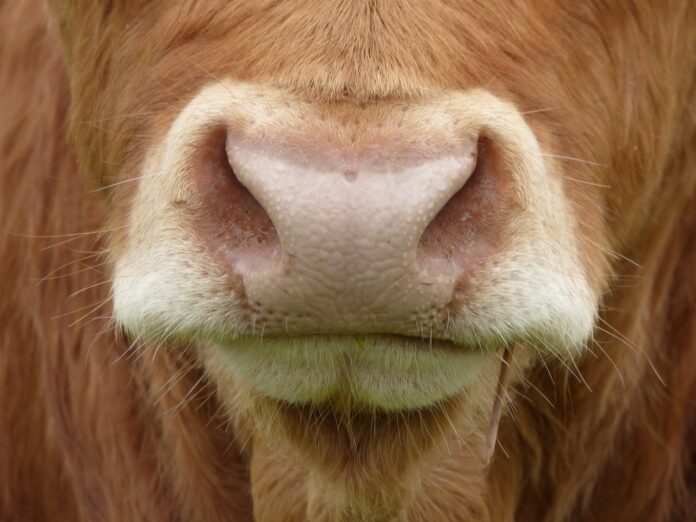Limerick RVL (Regional Veterinary Laboratory) confirmed ragwort (Jacobaea vulgaris) poisoning in a herd which recorded multiple losses of 2022-born cattle.
The farmer submitted a number of animals for necropsy (autopsy) with clinical signs including:
- Lethargy (lack of energy);
- Watery scour with blood in some cases;
- Tenesmus (need to pass stools, even when bowels are empty);
- Neurological (brain-related) signs including wandering aimlessly, aggression and blindness.
The yearlings, according to the official lab report, which is contained in the Veterinary Ireland Journal, had not throve over the winter compared to other years.
Two bullocks and a heifer were necropsied, and a number of findings were common to all three animals, according to the lab.
The livers had a pale, firm texture, and were difficult to cut, which was, according to the official report, “strongly suggestive” of cirrhosis (scarring of the liver caused by long-term liver damage).
There was marked oedema (fluid build-up) in the mucosa of the rumen, intestines, and, most noticeably, in the abomasum (fourth and final stomach compartment in ruminants) of all animals.
In addition, one of the animals in the group also displayed pulmonary congestion and oedema (build-up of fluid in lungs – body struggles to secure sufficient oxygen and, therefore, may have shortness of breath).
Ragwort toxicity
Histopathology (diagnosis and study of diseases of the tissues) of all three revealed chronic bridging hepatic fibrosis with bile duct hyperplasia and megalocytosis.
These findings are consistent with pyrrolizidine alkaloids toxicity, according to the report. The report notes that “these plants as a deterrent to consumption by herbivores”.
“Ragwort (Jacobaea vulgaris) is an example of such a plant and the most common source of these alkaloids in an Irish context,” the report adds.
The impacted cattle were housed in sheds in December and turned out again in mid-March.
Moreover, all impacted animals were fed silage which had been baled from the same pastures for the last number of years.
During a farm visit, ragwort rosettes (the low-growing, non-flowering form of the plant in its first growing year) were identified in many fields with “varying” degrees of cover.
The paddock for cows and calves saw the heaviest contamination and silage fields also contained a “significant” amount of ragwort rosettes.
The fields were searched for other poisonous plants, but none were identified.
Note: The above Regional Veterinary Laboratories Report [May 2022] is contained in Volume 13, Number 8 of the Veterinary Ireland Journal.
More farming news on www.thatsfarming.com including this article on:





